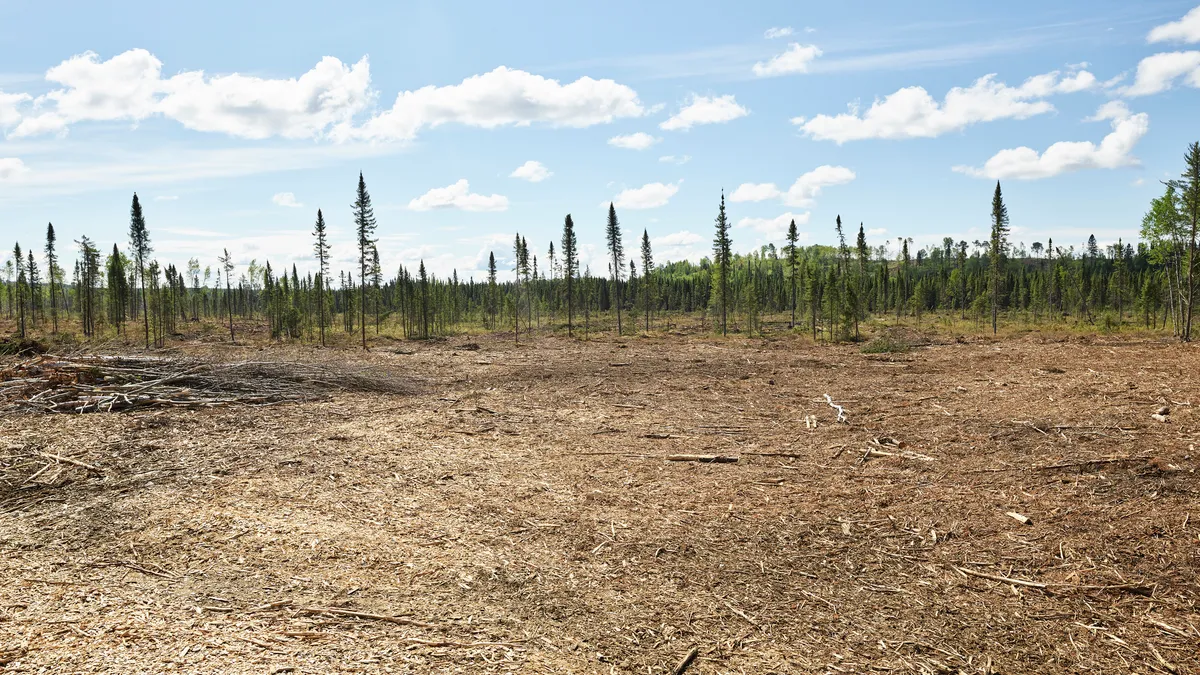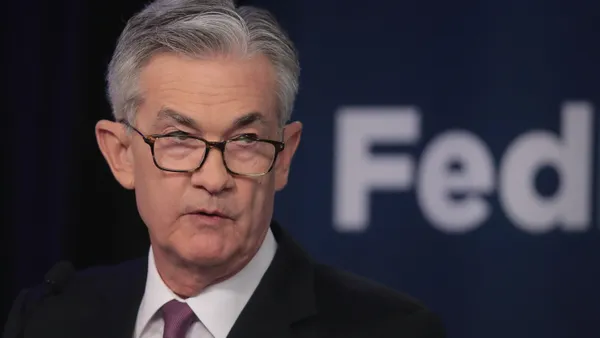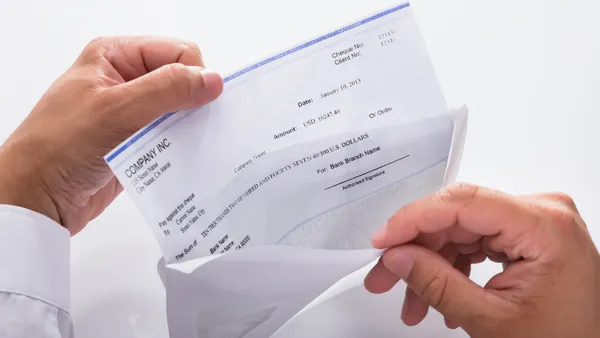Transition bonds have become a way for CFOs to help their companies pay for going green.
Small now, with only 11 bonds issued last year, proponents estimate the market could total $1 trillion annually in the future.
Driving that growth is the opportunity the bonds give companies to broaden their base by signaling to investors they’re serious about addressing climate change, says Shawn Keegan, global leader of sustainable credit at AllianceBernstein, an asset manager.
The bonds are particularly well-suited for companies in green-challenged industries like mining, energy and utilities.
“The challenge for these types of issuers is the materiality of the change being funded,” says Keegan. “As an investor, you want the funding to have impact and address the challenge of climate change in a meaningful way and not just as a ‘check the box.’”
So far this year six bonds have been issued. Among them is a $300 million sale from Castle Peak Power for the construction of a gas turbine unit at a power station, and a $280 million bond to finance a portfolio of green transition projects spearheaded by the European Bank of Reconstruction and Development.
Transition plan
Any CFO thinking of issuing a transition bond must have a well thought-out and detailed sustainability transition plan and a framework for using the proceeds.
“Investors should and will demand this type of reporting,” says Keegan. “The successful issuers have done [the right kind of planning] and that has enabled them to be serial issuers within the market.”
Keegan advises CFOs not to get stuck on the question of pricing.
“Where is the financial benefit to my funding if I’m only saving potentially 5-10 basis points in interest cost?” he says, referencing a common CFO question.
But that’s the wrong way to look at it, he says. “More and more investors are forcing companies to address climate change now and the cost may be greater in the future.”
High bar set
Although the bonds work well for issuers in green-challenged industries, any company that’s only now beginning to look at a green transition should find the bonds attractive, says Shrey Kohli, head of debt capital markets at the London Stock Exchange Group (LSEG), which has been an early trader in the financial instruments.
An established sustainable debt capital market is already in place, and these bonds add to the options available, he says.
Given the market’s growing complexity, Kohli recommends CFOs reach out to their bankers to connect with market participants; bankers can help them understand what type of bond will work best for their industry and for their company.
“The transition bond market adds an overlay to the existing sustainable debt capital markets,” says Kohli.
The London Stock Exchange Group has purposefully set a high bar for eligibility to prevent greenwashing in its markets, according to Kohli.
Any company that wants to have its transition bonds traded on the London Stock Exchange must make a public commitment to net zero by 2050 — one of the goals of the Paris Agreement — using science-based targets.
The issuer must also meet the standards set out under the International Capital Markets Association (ICMA) Climate Transition Finance Handbook, report annual progress and make disclosures aligned with the Task Force For Climate-Related Financial Disclosures (TCFD).
Companies performing well in their transition can include their assessments in what’s known as the Transition Pathway Initiative (TPI), an alliance of asset owners and managers who are taking a lead in sustainability. A number of US companies are covered by the TPI.
To be eligible, a company’s management quality score must show evidence of alignment to a 2 degree or lower Paris-aligned pathway.
“Some issuers may find the requirements too burdensome in comparison to conventional debt issuance,” says Kohli. “However, it’s important that capital is directed to those companies with credible climate transition strategies and that those issuers are held to account over the duration of the bond.”
Slow start
For all their promise, the bonds have not been quick to gain a foothold. Some early issuers were not seen as very credible by ESG-focused investors, which has caused other issuers to not want to be associated due to concerns surrounding the structure, says Brian Ellis, portfolio manager at Calvert Green Bond Fund.
But as the green bond market has expanded and investors have become more selective, the environmental trajectory of the issuer is becoming more important, Ellis says.
He notes that, in the energy sector, issuers have largely financed projects through the labeled green bond market, likely as a result of its more established history and clearer structure. But that could change as transition bonds become more familiar.
Bottom line: As companies put the urgent need to decarbonize operations at the top of their agendas, CFOs will find a growing pool of investors interested in transition bonds, and the trend is only going to grow, say market specialists.

















